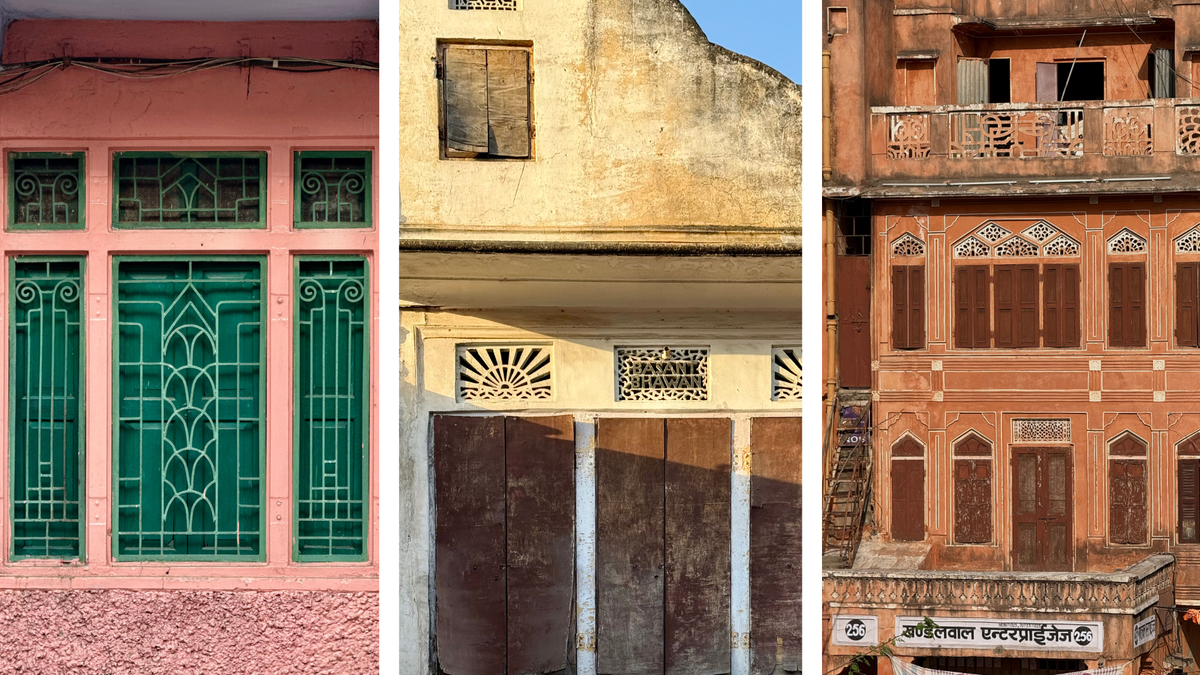The Art Deco movement brought with it a sense of glamour and opulence. It upheld geometric design and modern materials, and was inspired by the relics of Native American and Egyptian civilisations. It soon made its way from France to the shores of the United States. While New York went by the book, building incredible skyscrapers inspired by the original decorative phase, cities like Miami adapted the style as it saw fit, in keeping with the place.
The intercontinental appeal of the movement fascinates me. As does its evolution. For instance, major events such as the Great Depression and World War II gave rise to an offshoot called Streamline Moderne — where designs were more subtle, and inspired by nautical and aerodynamic forms. With smooth flowing lines and creative typography, it acknowledged the era’s progress in technology in its design.
As it travelled to other parts of the world, Art Deco became an early symbol of ideals such as modernity and progress. India was no exception. Maharajas and merchants alike patronised the style. In fact, one of the first Art Deco buildings in the country was made in the sandy tracts of Rajasthan. So, why is its influence seldom discussed in the state? Could it be that amongst the multitude of forts and palaces, it was considered less relevant due to its relatively recent origin?
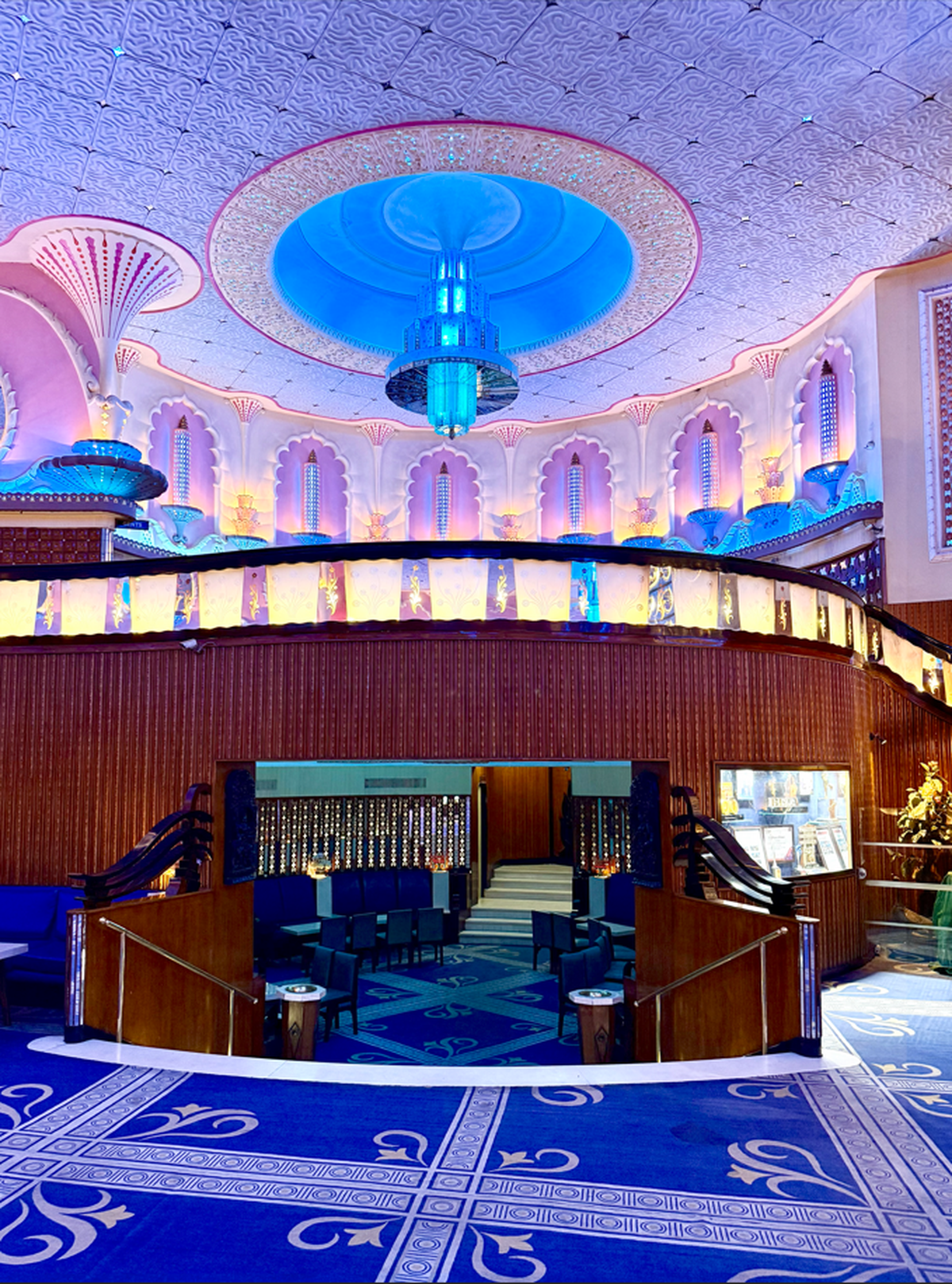
The opulent deco interiors of the Raj Mandir Cinema in Jaipur
| Photo Credit:
Bharat Singh
Birth of Desert Deco
Maharaja Umaid Singh was a royal patron of Art Deco. During a time of drought, the visionary ruler of Jodhpur-Marwar commissioned Chittar Mahal, a relief project to provide employment to his people. After his death, the monument was re-named Umaid Bhawan in his honour.
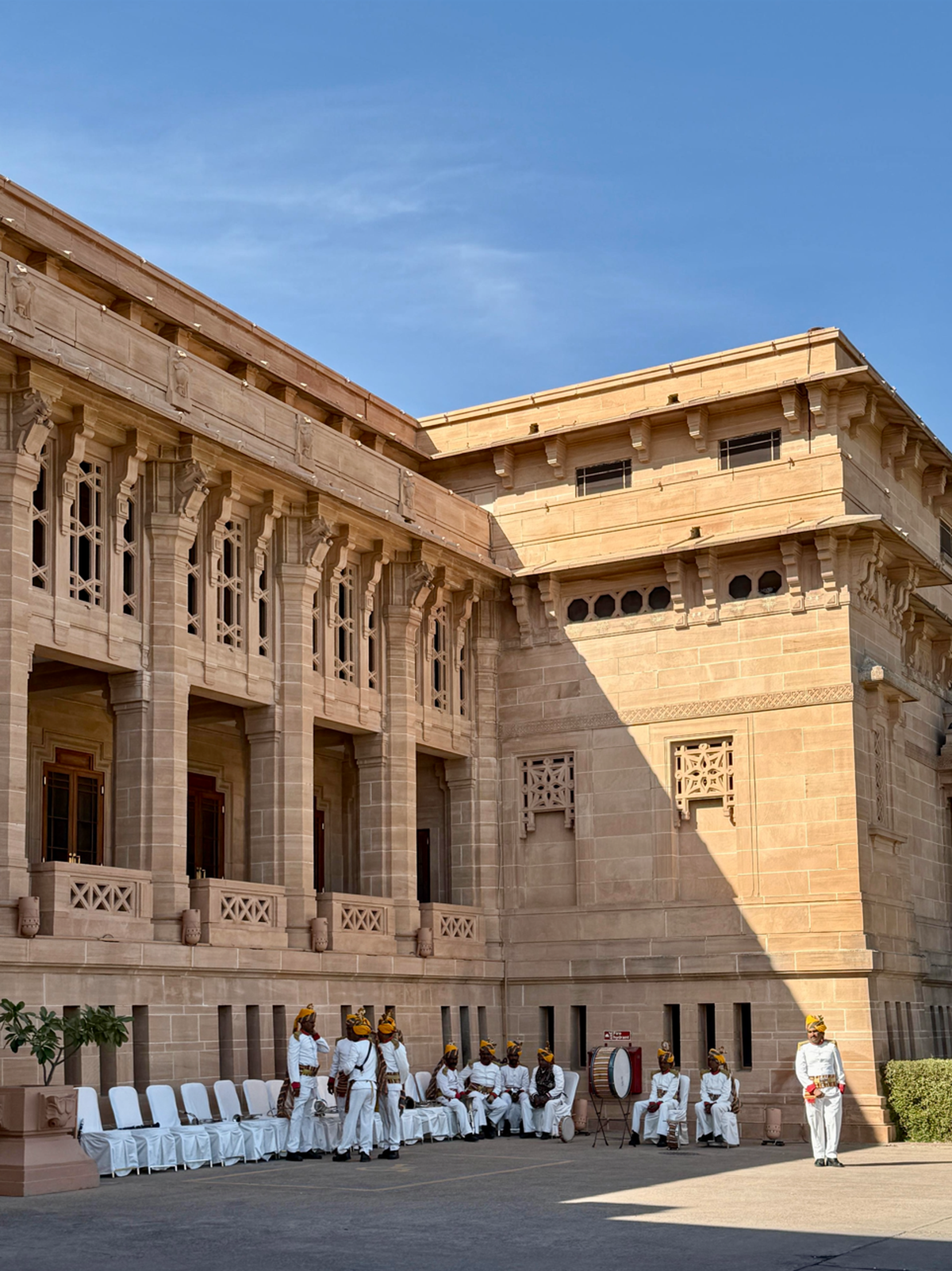
Umaid Bhawan palace
| Photo Credit:
Bharat Singh
While the inspiration behind the palace was the glamorous European movement, it blended architectural elements and motifs of Rajasthani palaces. Thus, Desert Deco was born. Many royals followed suit, patterning their ideas after the maharaja to build new palaces or remodel existing structures with added Deco elements.
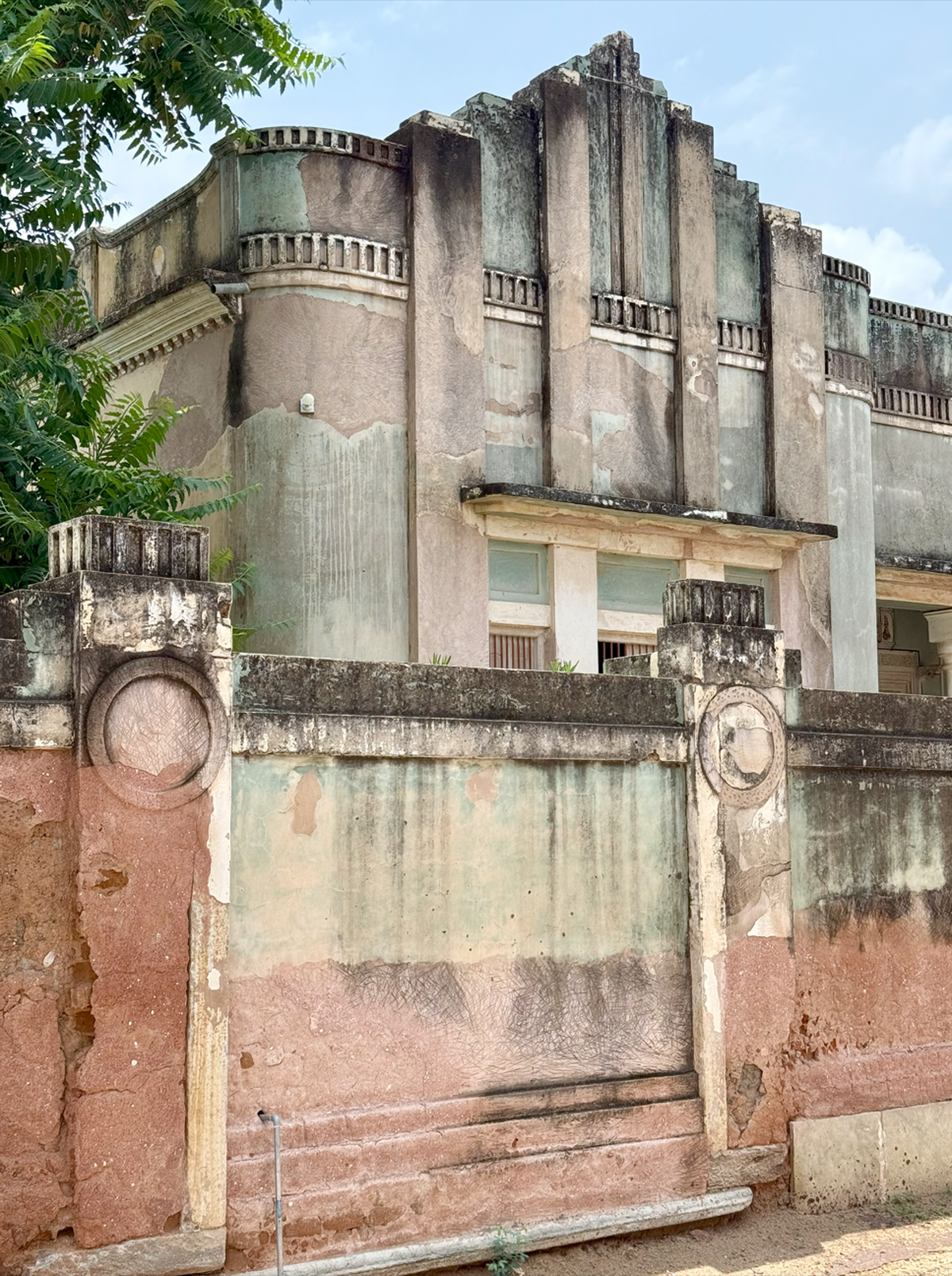
An Art Deco mansion in Mandawa, Rajasthan
| Photo Credit:
Bharat Singh
It was only after World War II and Independence that the movement spread beyond royal patronage in Rajasthan. While some people went for more affordable ways, superimposing Deco elements such as sunbursts onto existing facades, more affluent families built new structures. Merchants and businessmen, influenced by their exposure to Art Deco in the port towns and cities of Calcutta, Bombay and Surat, commissioned mansions in their hometowns. Thus, the second phase of Desert Deco was born, which merged local architectural design with Deco elements and motifs.
Havelis and bhawans — such as Jaipur’s Sawai Man Singh II’s Rajmahal, an Art Deco remodel of the British Residency (formerly the garden retreat, Maji Ka Bagh, built in 1729) — were adorned with chevron patterns and sunbursts, which in turn interplayed with cultural and religious themes of the region. For instance, lattice screens or jaalis were carved, instead of perforated, with iconic Deco elements such as the frozen fountain motif with the sacred ‘aum’ or ‘swastika’ inscribed on it.
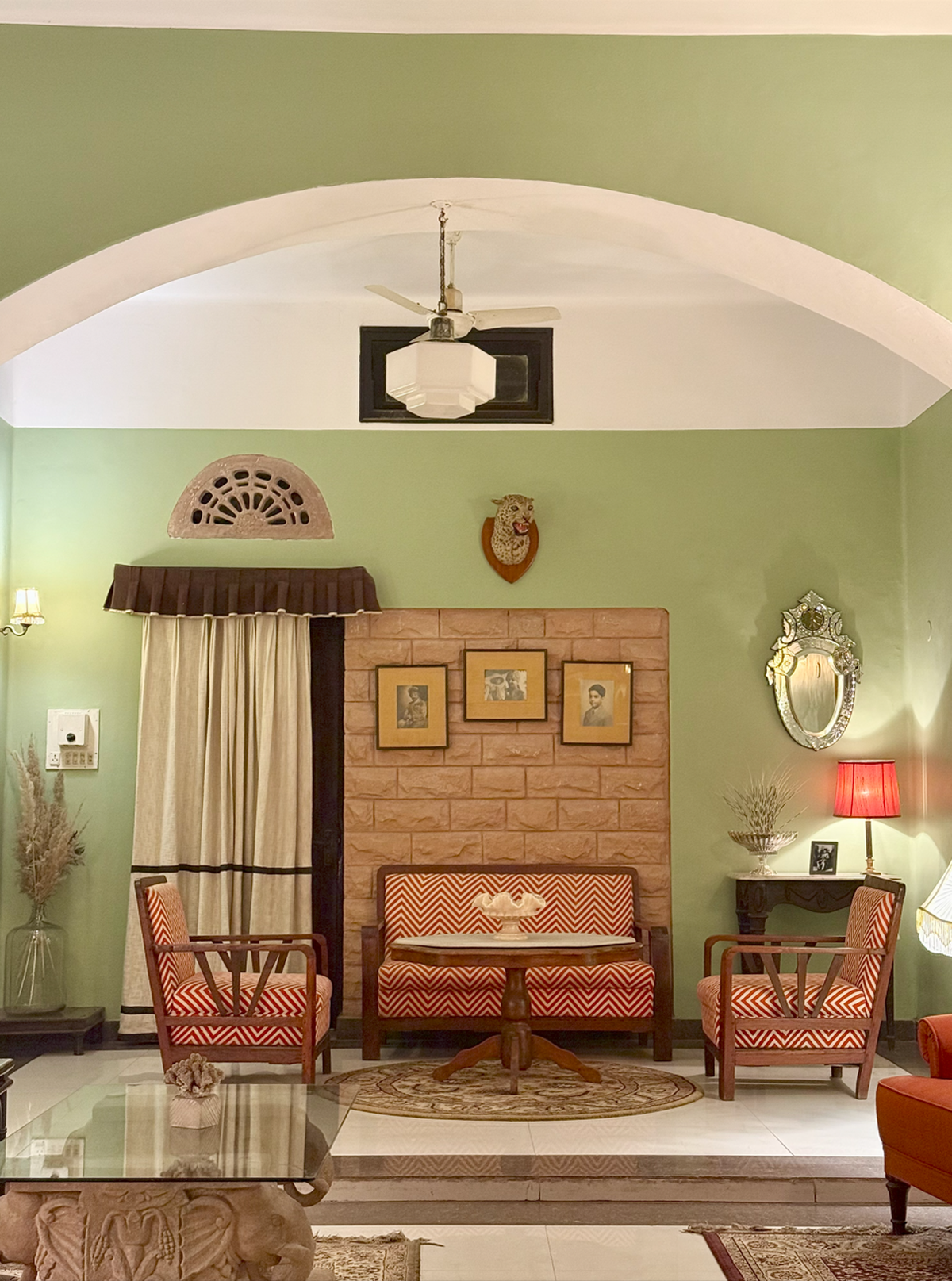
The central hall in Devi Bhawan, Jodhpur, with its deco chairs.
| Photo Credit:
Bharat Singh
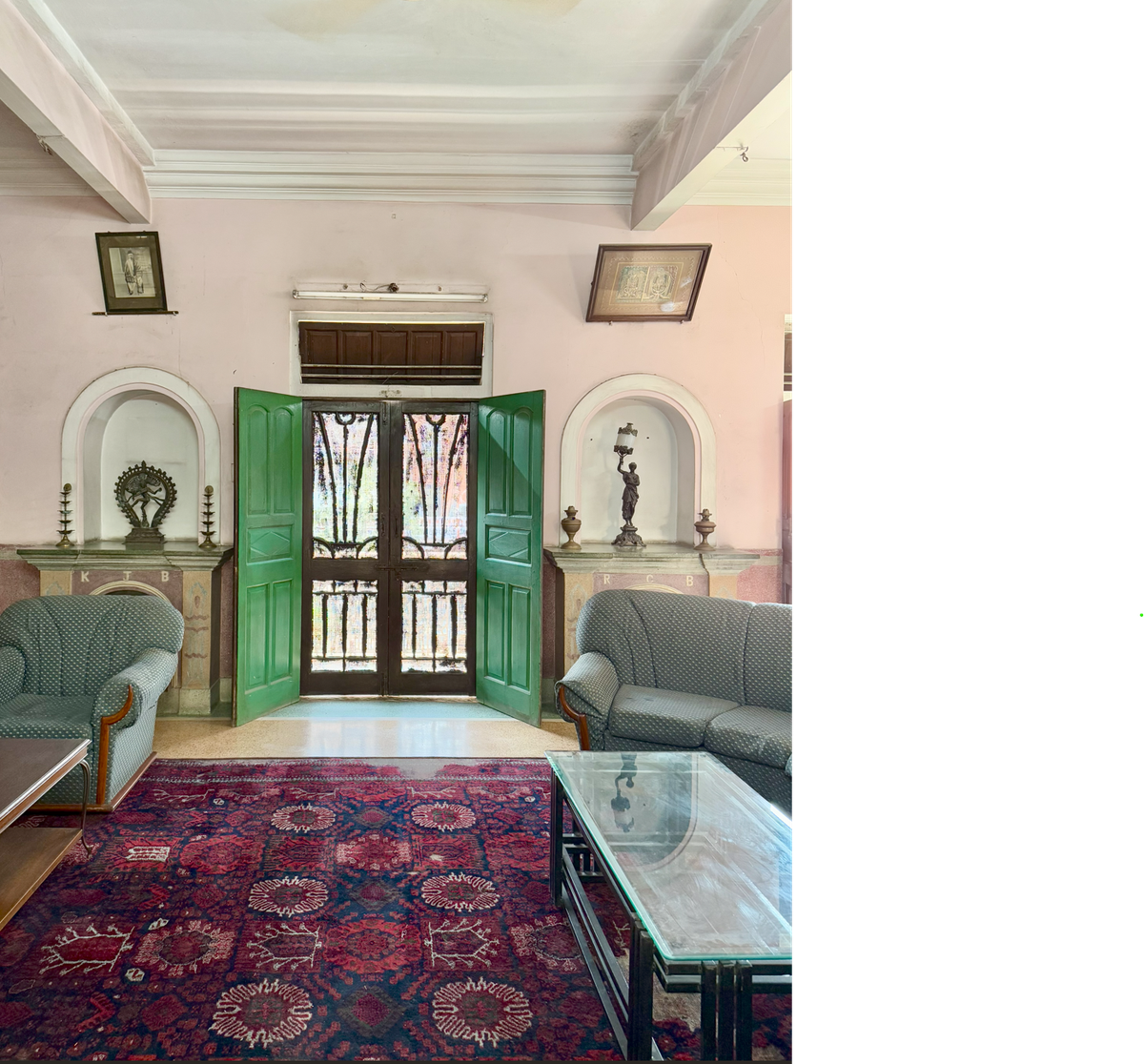
Inside the Art Deco haveli Krishna Sharda Bhawan in Jaipur
| Photo Credit:
Bharat Singh
Deco structures sprang up across the desert state, from cities such as Jodhpur, Jaipur and Bikaner, to smaller towns like Mandawa, Churu and Ladnun, and even in villages. The movement was not restricted to residential spaces, but included temples, public buildings, cinema halls, and at least one water station in Jaipur — with sharp geometric lines, zigzags, and stylised vents.
I remember a friend telling me how many localities like Sardarpura, with their broad avenues and Deco houses built with local sandstone, along with the colours of Rajasthan, reminded him of a set in a Wes Anderson film.
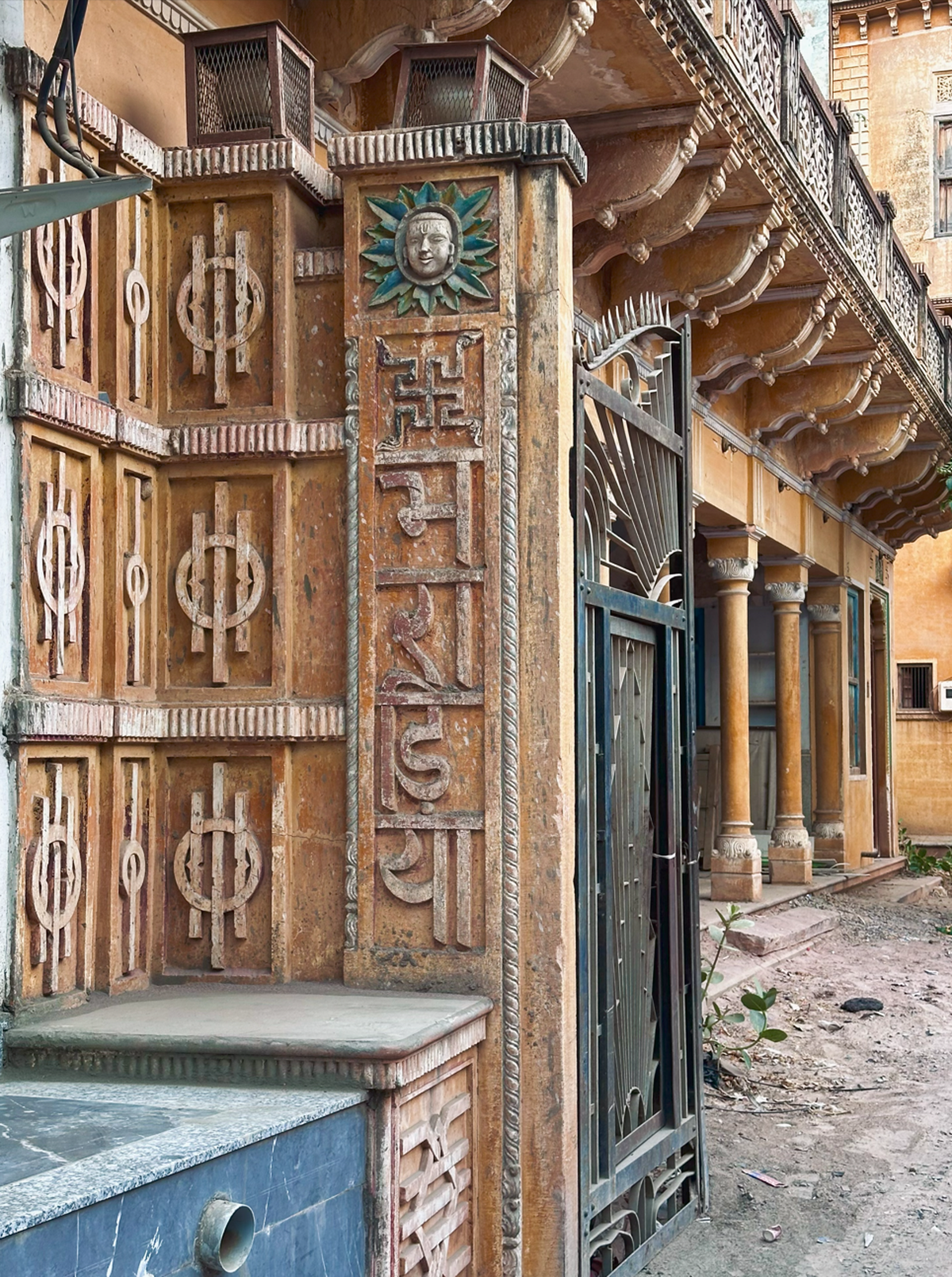
A haveli with Art Deco motifs in Ladnu
| Photo Credit:
Mimansha Charan
Overshadowed by palaces
Today, despite advocacy and some success stories by a few organisations, Art Deco in Rajasthan continues to be overlooked. It is overshadowed by the bulk of beautiful forts, grand palaces and ancient temples that dot the landscape. Without formal recognition, the fate of these structures is bleak. Many lie in the path of developers, both private and public. Some lie forgotten, crumbling out of existence.
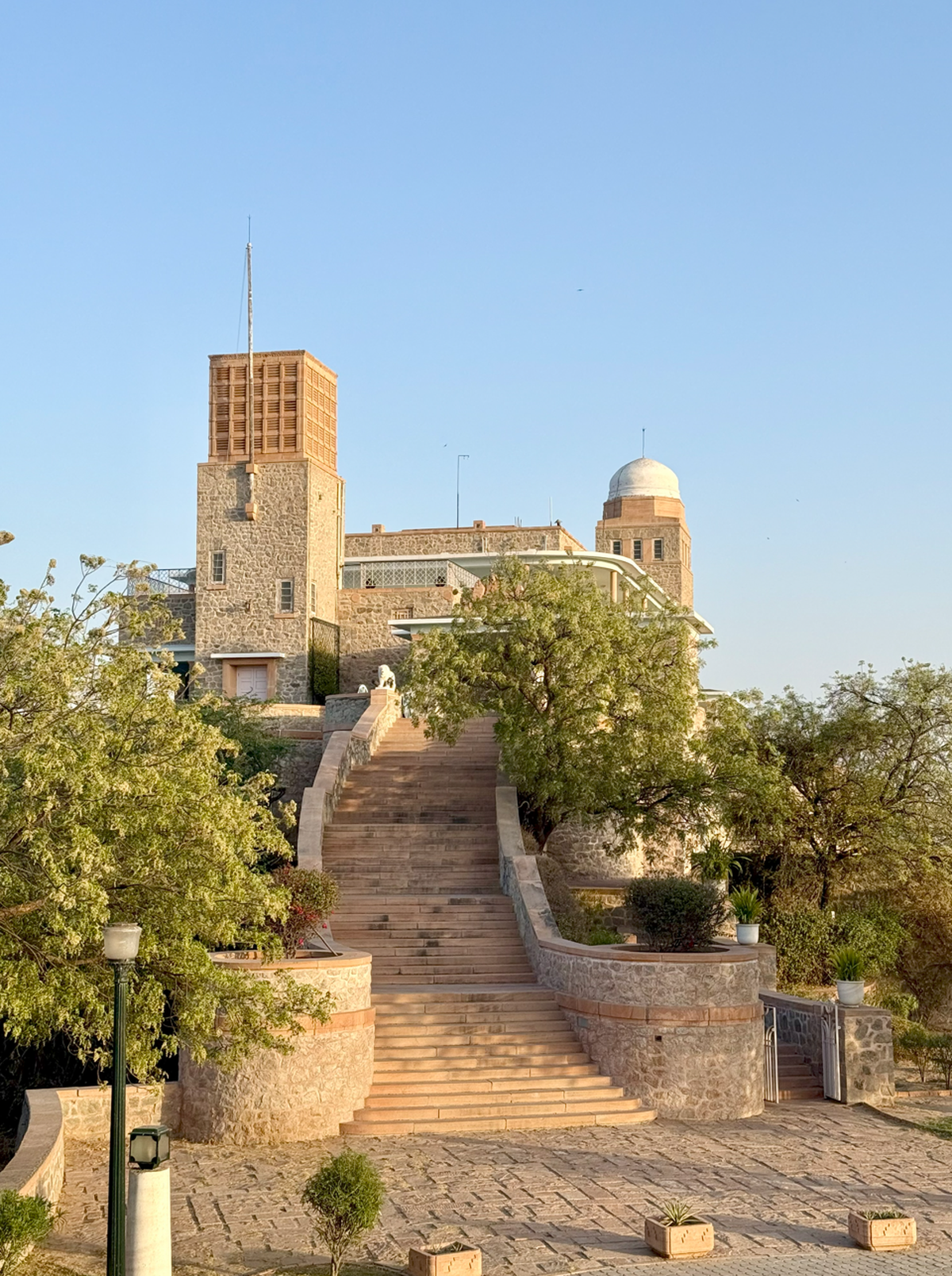
Sardar Samand Palace in Jodhpur is another example of Deco architecture blending local design
| Photo Credit:
Bharat Singh
But hope has no expiry date. It is why I started Jaipur Houses, a platform that works towards documenting and creating a digital archive of these fast vanishing structures. We will continue to advocate for its protection and preservation with the aim that one day these fabulous designs and structures will get recognised as a part of the state’s architectural and artistic heritage.
The writer is the founder of Jaipur Houses.
Published – July 19, 2025 08:16 am IST
